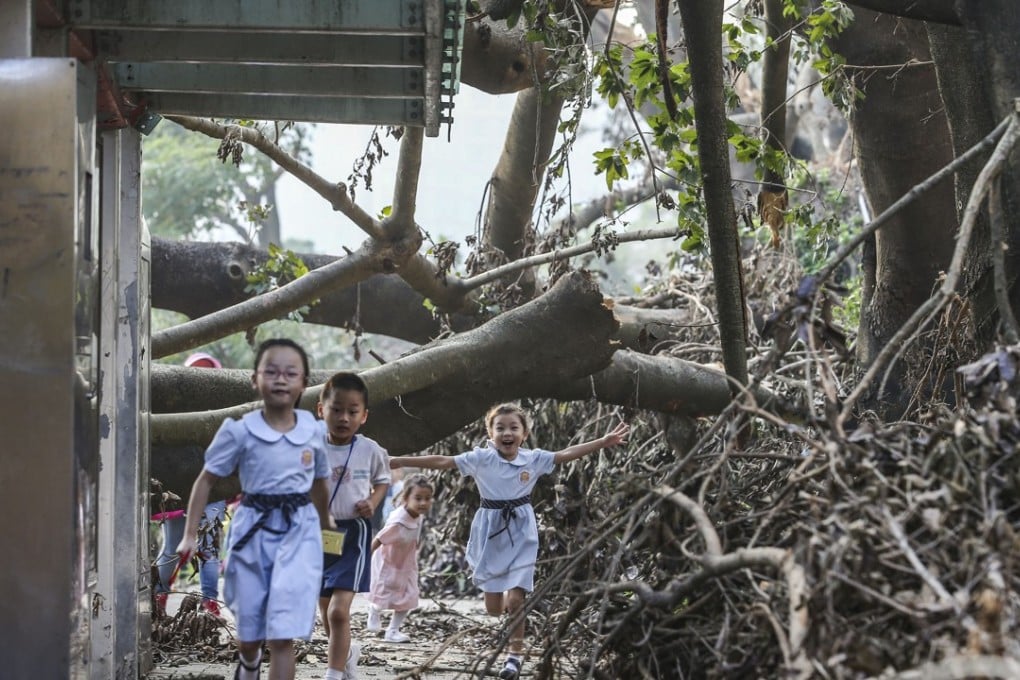Opinion | Hong Kong’s trees are at risk – more from people who don’t want them in urban areas than from typhoons
Ian Brownlee worries about tree replacement in the aftermath of Typhoon Mangkhut. The government needs to rethink how to plant storm-resistant trees, and to overcome emotional public resistance to the idea of urban trees

Still, the trees hit by the typhoon made their presence felt everywhere – blocking roads, falling on buildings and cars, blocking trails, obstructing footpaths and parks. Everywhere, there were fallen trees. Weeks later, most roads, like the city, are back to normal, but tonnes of tree debris are still lying along roads where they don’t obstruct movement.
Although many trees also fell in forest areas, that is not significant. Unless they block access to our country parks, those fallen trees are just part of the natural cycle and should be left as they are.
What worries me, however, is what will happen to our urban trees. These are our most important trees and already there are rather emotional reactions against having trees in the city. Should these feelings grow, there is a real risk that people will not want trees in their neighbourhoods or along our roads, which is where we need them most.
Documentary: Typhoon Mangkhut – the whole picture

